There seems to be nothing in your cart.
Didn't find what you were looking for? Contact our consultant.
To save your shopping cart until your next visit, create an account or register .
Browse our Hits sales
There seems to be nothing in your cart.
Didn't find what you were looking for? Contact our consultant.
To save your shopping cart until your next visit, create an account or register .
Browse our Hits sales
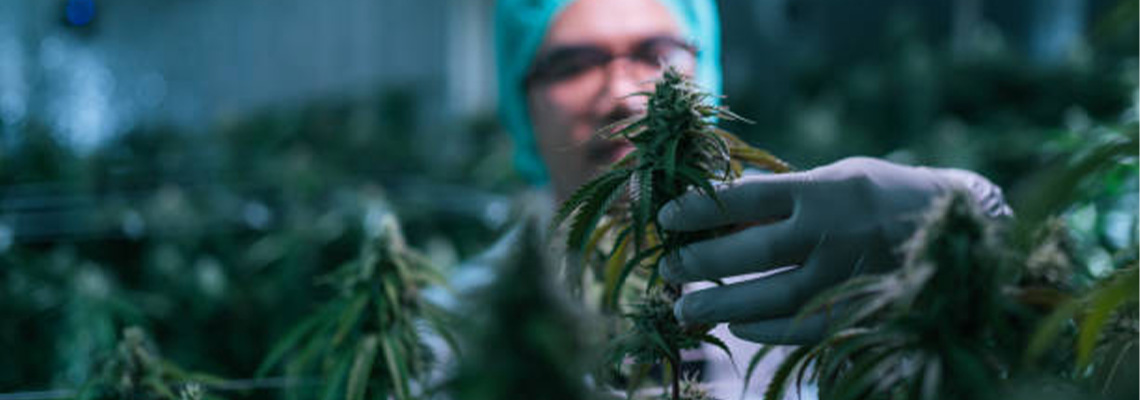
Table of Contents
Growing hemp at home can be a challenging process, requiring careful control of the environment. One of the key factors for success is maintaining optimal temperature and humidity. In this article, we will explore how to create ideal conditions for hemp growth at home.
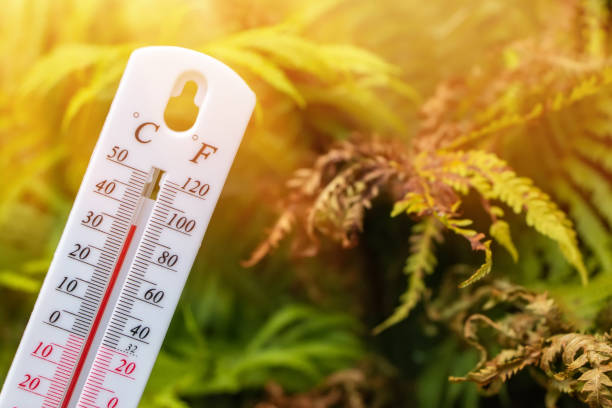
Temperature is one of the major factors affecting the growth and development of hemp. This plant, originating from tropical regions, requires relatively high temperatures for normal development.
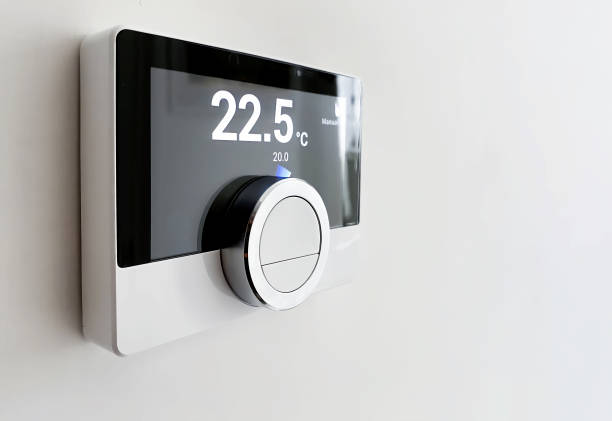
For optimal hemp growth, the air temperature should be in the range of 21 to 27 degrees Celsius. Temperatures below 21 degrees slow down growth, while temperatures above 27 degrees can cause overheating and burns. During seed germination, the temperature should be between 18 and 25 degrees Celsius, ensuring rapid and healthy sprout growth. After transplanting the plants into the soil, it is recommended to lower the temperature to 18-22 degrees Celsius for the first 2-3 days to help the plants adapt and avoid stress. Nighttime temperatures should not drop below 18 degrees Celsius, as this can slow down growth.
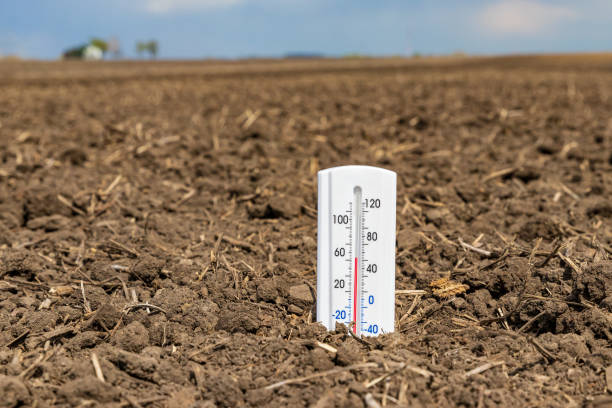
The optimal soil temperature for hemp cultivation should be in the range of 20 to 24 degrees Celsius. Lower temperatures slow down root growth, while higher temperatures can cause overheating.
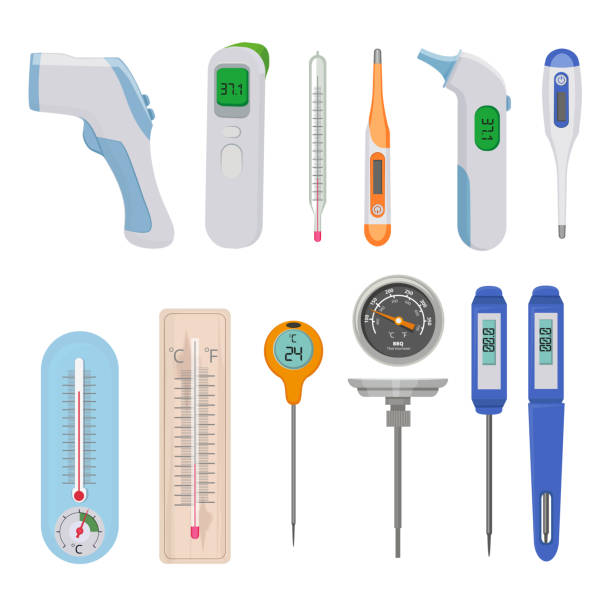
To control temperature, use a thermometer. There are mechanical and electronic models, some of which can be connected to sensors for automatic temperature regulation. It is important to monitor the thermometer and hygrometer readings to maintain optimal conditions. Temperature or humidity changes can lead to overheating, mold, or slowed growth.

To maintain optimal temperature, you can use infrared lamps, heaters, and air conditioners. It is important to ensure good circulation of fresh air using fans and regular ventilation. One effective method is to use heat mats under plant pots.
The temperature regime should be adjusted depending on the plant's growth stage.
Air humidity is also an important factor in hemp cultivation. Insufficient humidity can lead to drying out and plant diseases, while excess humidity can lead to fungal infections and mold.
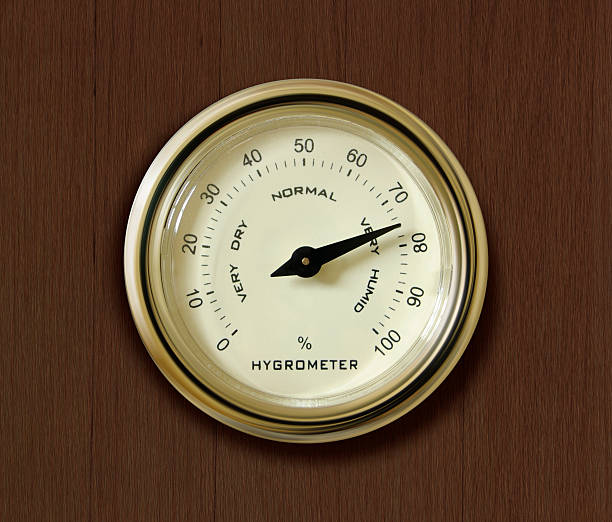
To control humidity, it is necessary to regularly measure its level using a hygrometer. The optimal humidity level for hemp cultivation is 40-60%.
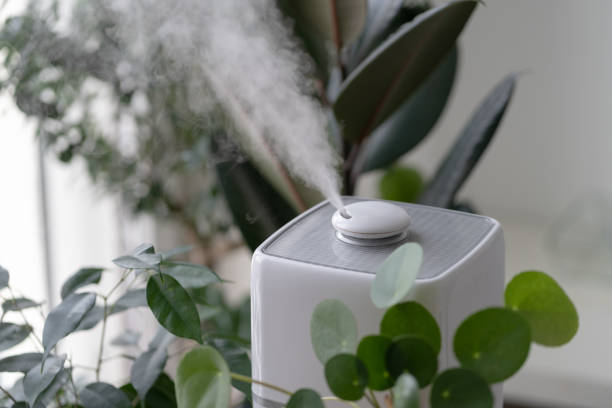
To maintain optimal humidity, you can use humidifiers, dehumidifiers, and fans. These devices will help create ideal conditions for hemp growth and development.
By following these recommendations for maintaining optimal temperature and humidity, you can ensure healthy hemp growth and high yields. Also, remember to consider other important aspects of cultivation, such as variety selection, soil quality, fertilization, and lighting, to achieve the best results.
Attention! Errors Seeds company does not encourage you to engage in hemp cultivation and does not contribute to it in any way. Cultivation is prohibited by Ukrainian law. The article is purely for scientific and informational purposes.